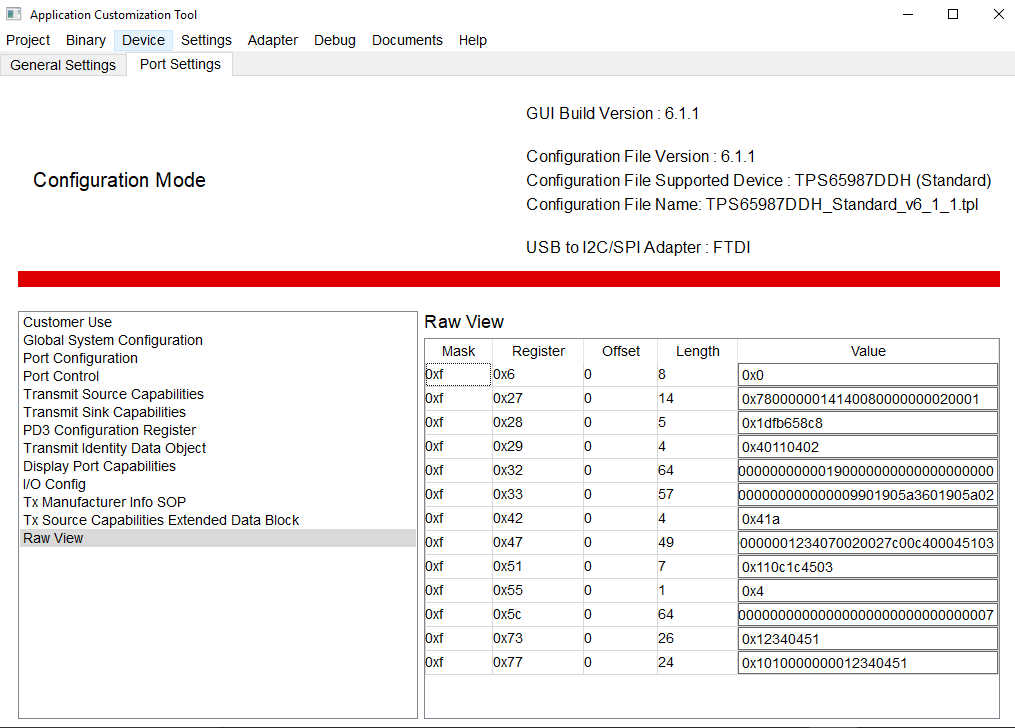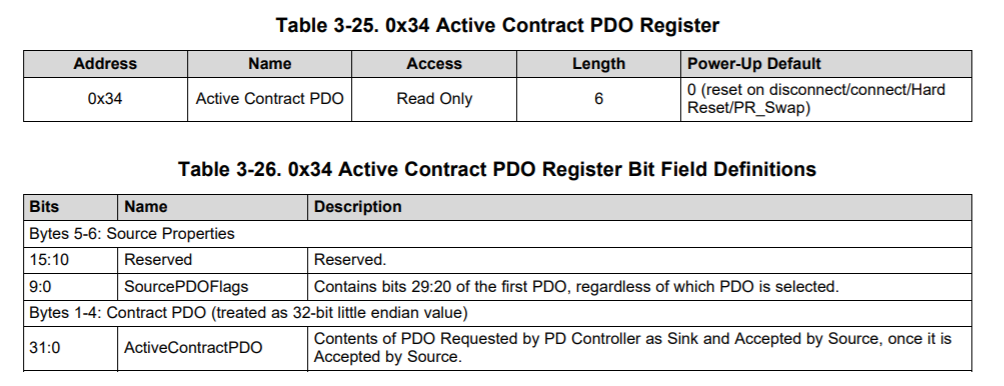Other Parts Discussed in Thread: TPS65987D,
Hi Adam,
Kindly find earlier thread link for customer requirement for which we have exchanged queries & response for TPS65987D - 100watt configuration.
Now customer has received the boards & facing issues with 20V configuration. They are able to get the default configuration setting till 15V but not able to do for 20V.
How to configure for 20V PD possibly without external Flash memory?
If Flash memory then how to do the same? How to write the flash?
Pls. help as customer is in hurry to resolve the issue.
Mitesh






